Care, confidence and connections shot portrait photographer to heights of San Francisco and Hollywood social worlds
Russ Fischella was struck by the cover of a Life magazine in the fall of 1970 that featured Martha Mitchell, the flamboyant socialite and wife of then-Attorney General John Mitchell. The glamorized photo transformed the conventionally pretty, middle-aged woman into a beauty, he recalled.
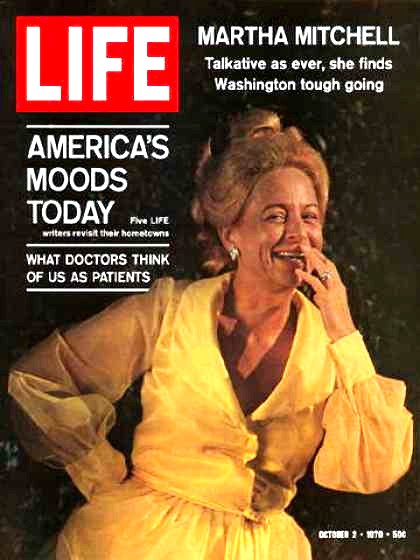
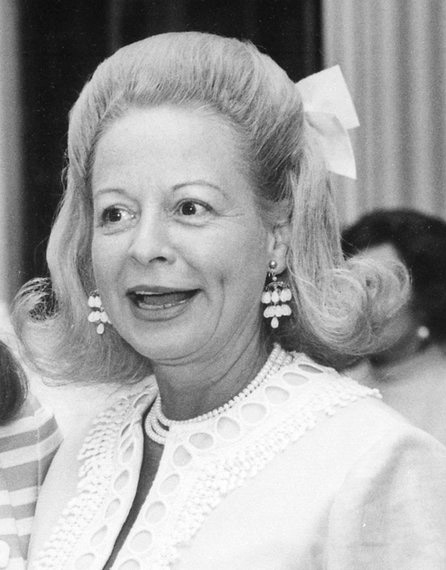
At the age of 20 and with only a few photography classes under his belt, he felt he had the skills and the ambition to do the same. “I knew I had what it takes to create this kind of transformation,” said Fischella, who had worked as a flight attendant and a runway model, and tried his hand at painting.
And within the decade, he became one of San Francisco’s best-known portrait photographers.
He quickly opened a photo studio, Russ Fischella Photography and Paintings in San Francisco. As he gained recognition, Fischella landed newsworthy clients from places like the Junior League, Nob Hill Gazette, and the San Francisco Opera, Symphony, and Ballet guilds. He became the official photographer for many debutante and cotillion balls.
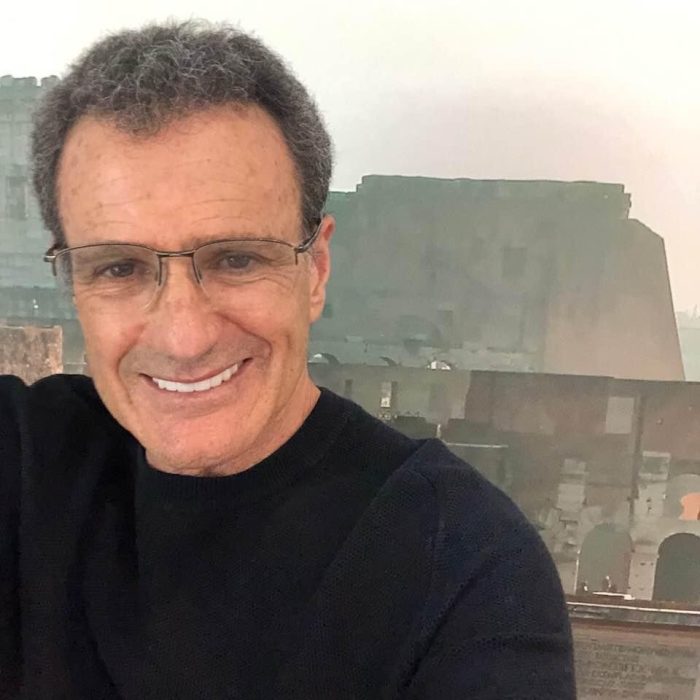
“Whoever the client was, I made her (or him) look the way she (or he) sees herself/himself,” he said. “There is light in everyone; you just have to look for it. With each client, I did lots of listening and back and forth before I started the photo shoot.”
He was also popular in Hollywood, with a list of celebrity clients that included Eddie Fisher, Annette Funicello, Tippi Hedren, Desi Arnaz, and Danielle Steel. The publicists, agents, and power brokers in San Francisco, Hollywood, and elsewhere talked to each other a lot and his reputation grew, Fuschella said.
Kudos from the Chronicle
By 1986, the San Francisco Chronicle wrote about him and his business in a one-page article. Staff writer Liz Lufkin reported: “Fischella has quietly become San Francisco’s premier portrait photographer. He makes good-looking people look great, and great-looking people look even better.”
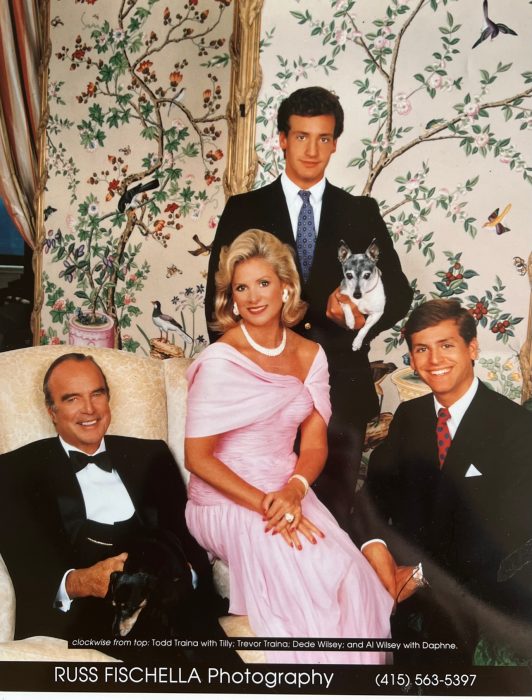
Danielle Steel’s publicist heard about him and assigned him to shoot the photo that appeared on the flap of many of her books. He made other contacts when he became the lead photographer for Scene magazine, a high society publication.
His tool kit included more than just a camera. His strategies in hair, makeup, music, props, and strobe lighting all paid off, he said, along with a deep conviction “that there is beauty to behold in everyone.”
And he worked hard to put his clients at ease. Now 72, Fischella credits two of his early jobs – Pan American World Airways flight attendant and runway model – for yielding some of the people skills he would later put to use.
Calming nervous passengers, many flying for the first time, was a skill he took to the photo studio. “This job was a perfect dress rehearsal for photo sessions with folks who were uncomfortable in having their picture taken but wanted to get this done.”
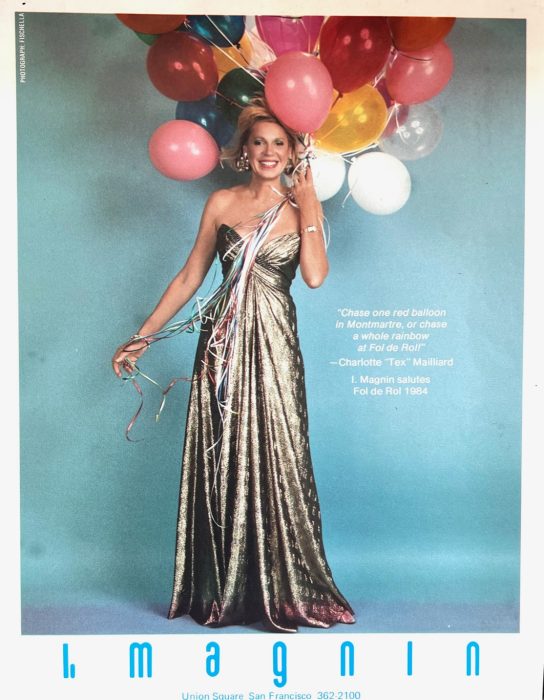
Standing before a camera for hours when he was a runway model at I. Magnin fashion shows, he absorbed the lingo and mechanical details of a successful photo session.
Many photographers scramble to make a living, but Fischella’s business has earned him a comfortable life.
49ers gig
As a part of a San Francisco 49ers promotion in 1988, he photographed Jennifer Montana, the star quarterback’s wife, and that got his work on the big screen at Candlestick Park. It was a fun and lucrative event that earned him roughly $10,000.

Headshots for emerging actors, models, and luminaries from all professions became a steady source of income. A photo package could range from $450 to about $2,500. He was the official photographer at the time for the Miss California and Miss U.S.A pageants. His photos appeared in Vogue, Town and Country, Style and Designers Illustrated magazines.
Fischella grew up in the ’50s in Monterey, the middle child in an Italian-American family. His father, Rosario, was a medical doctor who played the piano and was an amateur boxer. His mother served in the Red Cross and was a nurse.
Not what the parents advised
His parents were demanding, he said, telling him to “Grow up, go to college, get a leadership position, maintain high moral standards and support the community.’” He opted to study art.
He earned a bachelor’s degree from the University of Santa Clara and later studied drawing, painting, and photography at the Academy of Art University. A photography teacher there became an important mentor.
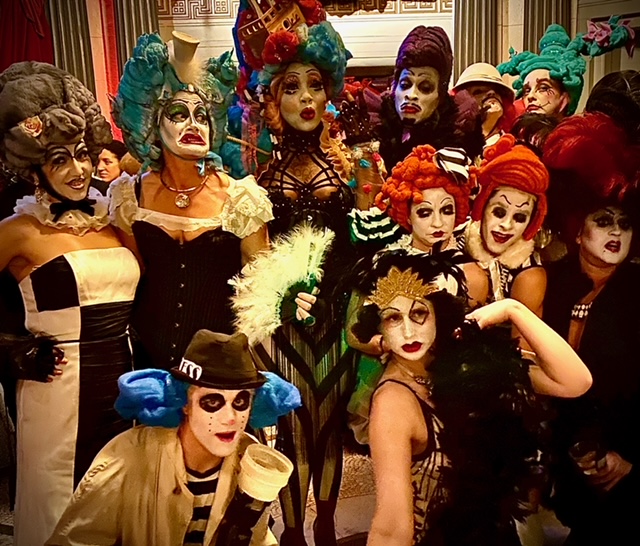
“He was successful, had a lifestyle and freedom that was exciting to me,” he said.“When visiting his studio, he got my attention quite a bit — especially when models were knocking on his door to get jobs, showing their portfolios. In 1975, I mimicked his business design, set up my own studio and never looked back.”
Fischella also painted and was able to sell some of his work. He calls his style “swirlistic,” one that “expresses different energies that come through me at that moment. If I ever had one of my paintings in a museum, I think I would have made it,” he said.
Smartphones invade
By 2010, his photography was slowing. Smartphones were becoming common and demand for professional, high-end photographers dropped. “Everyone was capable of taking a reasonably good photo with their cellphones,” he said. “Also, styles had become much more natural, and professionally polished portraits were in less demand.”
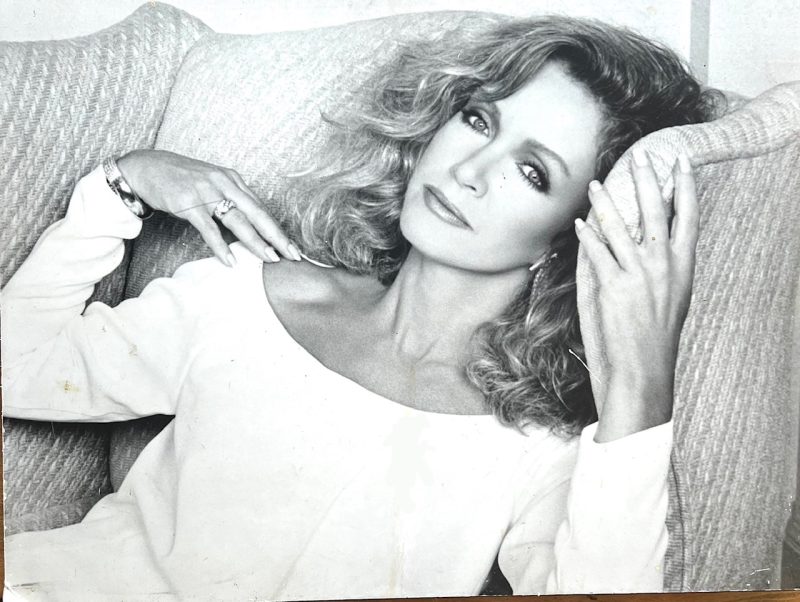
He moved his studio to South of Market in 2007 and still sees loyal clients but has downsized and transitioned into a slower, more leisurely pace.
He and his longtime companion, Annie Bone, travel frequently to New York City where they have a timeshare on the Upper Westside. Fischella especially likes to celebrate Christmas or Thanksgiving in the Big Apple.
“We take our Norwich terrier, Bentley, and have coffee with friends in [Central] park. We laugh a lot, talk about the arts, local events, or politics.”
The couple has also traveled to Italy, where Fischella traced his family history. “Actually, there are lots of people with my same last name. I found some restauranteurs who opened their place for us, only because of my name.”

Despite declining demand for the glamour shots that made Fischella’s career, he wouldn’t discourage anyone from becoming a commercial photographer. But he has some advice.
“I would recommend thoroughly researching the area in which you want to live. Rent or buy the right camera and studio equipment to produce at least 10 great images to show the prospect. Clients notice if you show enthusiasm, deliver on time with consistent quality work. Also, communicate and listen well.
“There is opportunity out there, but nowadays you just have to work much harder to find it.”





